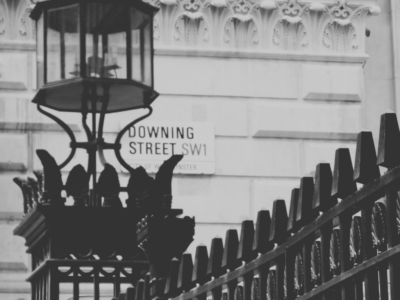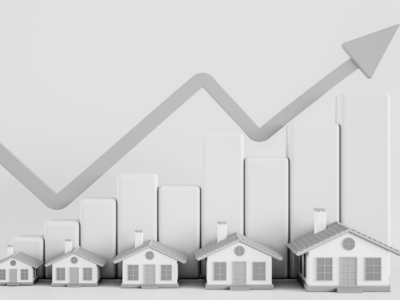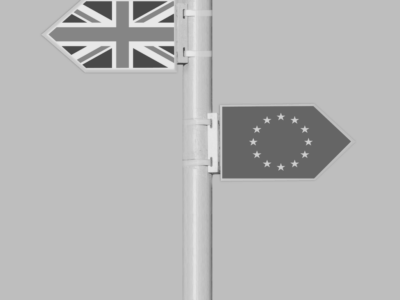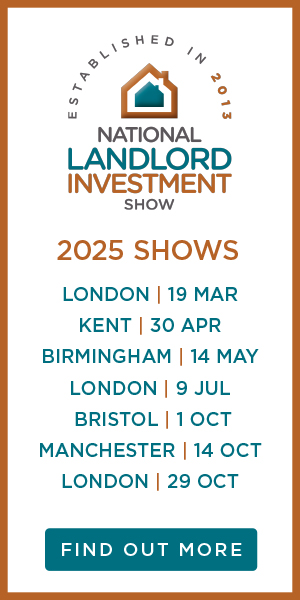Key Points
- Annual house price inflation now at its strongest level in nearly seven years
- Average UK property price of £261,743 a new record high
- Wales continues to be the region with the strongest price growth
- Average price: £261,743
- Monthly change: +1.3%
- Quarterly change: +2.4%
- Annual change: +9.5%
Housing activity
HMRC monthly property transactions data for UK home sales decreased in April 2021.
UK seasonally adjusted residential transactions in April 2021 were 117,860 – down by 35.7% from March (down 35.8% on a non-seasonally adjusted basis).
The latest quarterly transactions (February-April 2021) were approximately 23.7% higher than the preceding three months (November 2020-January 2021).
Year on year, transactions were179.6% higherthan April 2020(197.8% higher on a non-seasonally adjusted basis). (Source: HMRC, seasonally-adjusted figures)
Mortgage approvals rose in April for the first time in five months.
The latest Bank of England figures show the number of mortgages approved to finance house purchases rose in May 2021 by 4% to 86,921.
Year-on-year, the April figure was 439% above April 2020 (which was during the first lockdown period). (Source: Bank of England, seasonally-adjusted figures)
Results from the latest (April 2021) RICS Residential Market Survey show buyer demand remaining high across the market, while new instructions lost impetus.
New buyer enquiries increased to a net balance of +44%, up from +43% in March. Newly agreed sales also rose over the month to a net balance of +34% (a slight easing on +48% in March).
New instructions fell to -4%, down from +21% previously. Stock levels have dropped in recent months, with the average number of properties on estate agents books now at 40. (Source: Royal Institution of Chartered Surveyors’ (RICS) monthly report)
Russell Galley, Managing Director, Halifax, said:
“House prices reached another record high in May, with the average property adding more than £3,000 (+1.3%) to its value in the last month alone.”
“A year on from the first easing of national lockdown restrictions, and the gradual reopening of the housing market, annual growth surged to 9.5%, meaning the average UK home has increased in value by more than £22,000 over the past 12 months.”
“Heading into the traditionally busy summer period, market activity continues to be boosted by the government’s stamp duty holiday, with prospective buyers racing to complete purchases in time to benefit from the maximum tax break ahead of June’s deadline, after which there will be a phased return to full rates.”
“For some homebuyers, lockdown restrictions have also resulted in an unexpected build-up of savings, which can now be deployed to fund bigger deposits for bigger properties, potentially pushing property prices even higher.”
“Whilst these effects will be temporary, the current strength in house prices also points to a deeper and long-lasting change as buyer preferences shift in anticipation of new, post-pandemic lifestyles – as greater demand for larger properties with more space might warrant an increased willingness to spend a higher proportion of income on housing.”
“These trends, coupled with growing confidence in a more rapid recovery in economic activity if restrictions continue to be eased, are likely to support house prices for some time to come, particularly given the continued shortage of properties for sale.”
Regional analysis
“All UK regions bar the North East saw an acceleration in year-on-year house price inflation last month.”
“The strongest growth was once again recorded in Wales (up 11.9% over the past year), closely followed by the North West and Yorkshire & Humber, both of which posted double-digit annual growth. For Wales and the North West, these are the biggest percentage gains since April 2005, and for Yorkshire & Humber since June 2006.”
“The South of England, traditionally the driving force of national house price performance, is for once lagging somewhat behind the rest of the country. This is especially the case in Greater London, where average prices are still 3.1% higher than a year ago but growing more slowly than the rest of the country.”
“This likely reflects a weakness in city prices given the shift in preference for properties with more space, whilst recent surcharges on stamp duty for non-UK residents and Brexit concerns will also have weighed on the capital’s market.”
“However it should not be forgotten that London property prices were already extremely expensive, having experienced a boom following the global financial crisis, a phenomenon not felt by many other UK regions and nations to anywhere near the same extent.”
Managing Director of Ascend Properties, Ged McPartlin, commented:
“It’s great to see a changing of the guard in terms of the regions driving current house price performance.”
“While London and the South East have traditionally acted as the predominant indicators of market health, it’s now the turn of Wales and much of the North to take centre stage.”
“This regional acceleration has been largely driven by a far more affordable property price and a stamp duty saving that has allowed many buyers to increase their purchasing potential.”
Managing Director of Barrows and Forrester, James Forrester, commented:
“Despite the prospect of a stamp duty saving now unlikely for many homebuyers the market continues to move forward at pace, driven by an appetite for homeownership not seen since before the financial crisis.”
“While the expiry of the stamp duty holiday is expected to have some impact, it’s unlikely to derail a market that continues to see buyers enter in their droves, buoyed by low interest rates and 95% mortgage availability.”
Director of Benham and Reeves, Marc von Grundherr, commented:
“It’s probably unfair to say London is lagging behind where the current property market boom is concerned, considering it was already streets ahead of the rest, to begin with.”
“The higher price of property in the capital means that any increase is always going to be more measured but to assume the London market is on its knees couldn’t be further from the reality.”
“Transactions are starting to climb, bolstered by both a return to the workplace and an influx of foreign buyers, and these influences will only boost the London market further as the year goes on.”
Matthew Cooper, Founder & Managing Director of Yes Homebuyers, commented:
“Enjoy the boom while it lasts because if history has taught us anything, a bust is likely to follow.”
“The government’s insistence on artificially fuelling house prices, not only with a stamp duty holiday extension but now in the form of 95% mortgages and a rehash of the Help to Buy scheme, is irresponsible, to say the least.”
“With the market already buckling under the pressure, it’s only a matter of time before it gives in, bringing property values down with it.”
Comment from Ross Counsell, Chartered Surveyor and Director at Good Move, on today’s Halifax HPI and the new First Homes government scheme:
“According to Halifax’s latest statistics, UK house price inflation is now at its strongest in almost seven years, at a rise of 1.3% from the previous month.”
“House prices now also stand at a record high at on average £261,743.”
“This is the highest annual growth rate of house prices since August 2007 and shows that the property market is continuing to boom.”
“Interestingly, Wales retains the highest growth rate at 11.9%.”
“In contrast, London house prices continue to fall behind other areas of the UK with a 3.1% growth rate, where house prices now stand at an average of £500,000 in the capital, which reflects the huge demand for property during this time, as people moved out of flats and houseshares in cities to more spacious properties in rural locations.”
“Recent surcharges on stamp duty for non-UK residents and Brexit concerns will also have affected the capital’s market, and it might not be the most profitable area to invest in property at this time.”
“These figures follow the announcement of the government’s first homes initiative last Friday, offering first-time buyers in England a discount of up to 50% on a new-build home.”
“However, as mortgage approvals and new buyer enquiries have risen to 44%, there is a danger that the scheme could result in more demand for properties than actual supply.”
“All factors considered, we expect to see a continued rise in house prices for the foreseeable future, with this new scheme only adding fuel to the fire on the UK’s property boom.”






















Comments